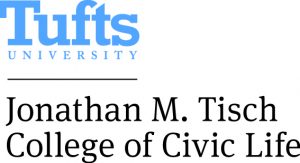The commons (sometimes more precisely known as “a common pool resource”) is a good or set of goods that is owned by a community, from a small group to the entire species. These goods can be highly tangible things, such as ponds and grazing lands, or rather abstract, such as knowledge or peace. They can be as small as the sense of community on a city block or as large as the earth’s atmosphere.
According to Elinor Ostrom and her colleagues (Ostrom 2010), common pool resources have two significant features: (1) people cannot easily be excluded from using them, and (2) using them can consume or degrade them so that there is not as much for others. Hardin (1968) had predicted that such goods would inevitably be destroyed; he called this outcome “The Tragedy of the Commons.” Ostrom and colleagues have found that people are often able to produce and protect common pool resources. For that purpose, it is helpful to use certain “Design Principles.”
For the underlying theory, see this video lecture by Peter Levine on Ostrom’s basic ideas (17 minutes). For applications to practical issues, see this lecture (11 minutes).

